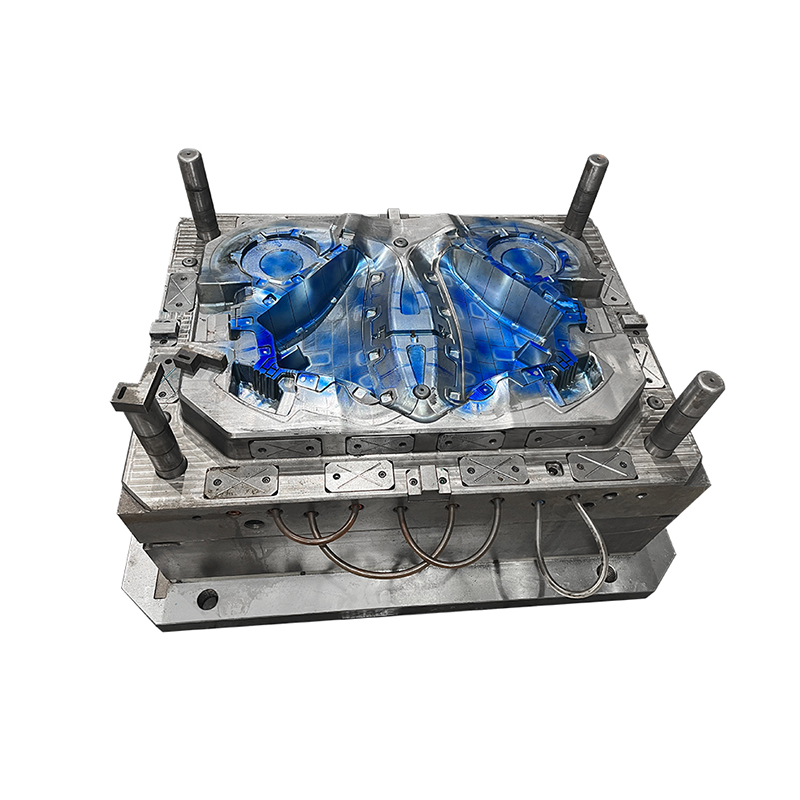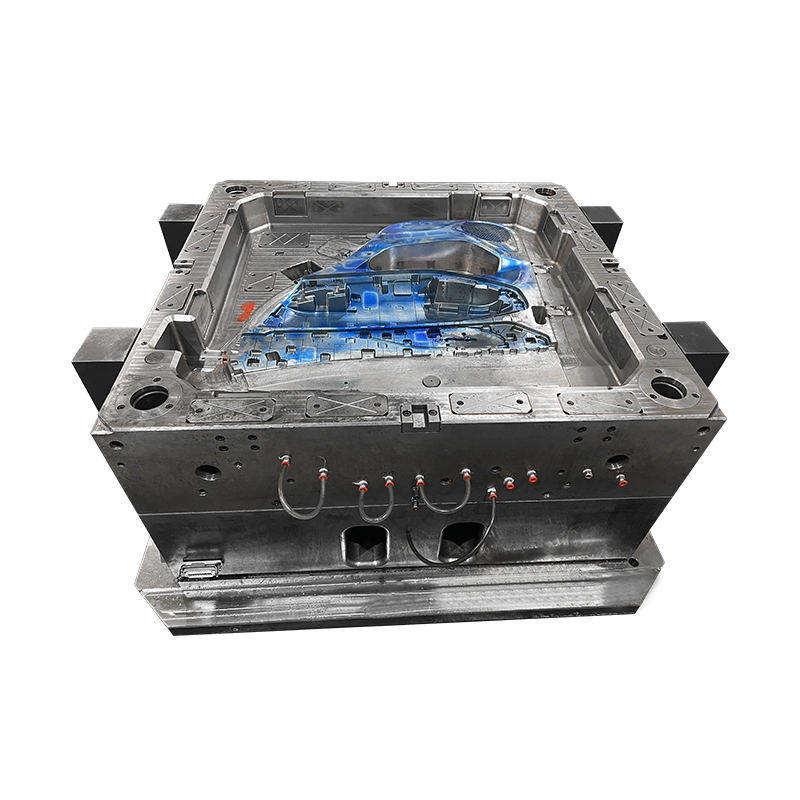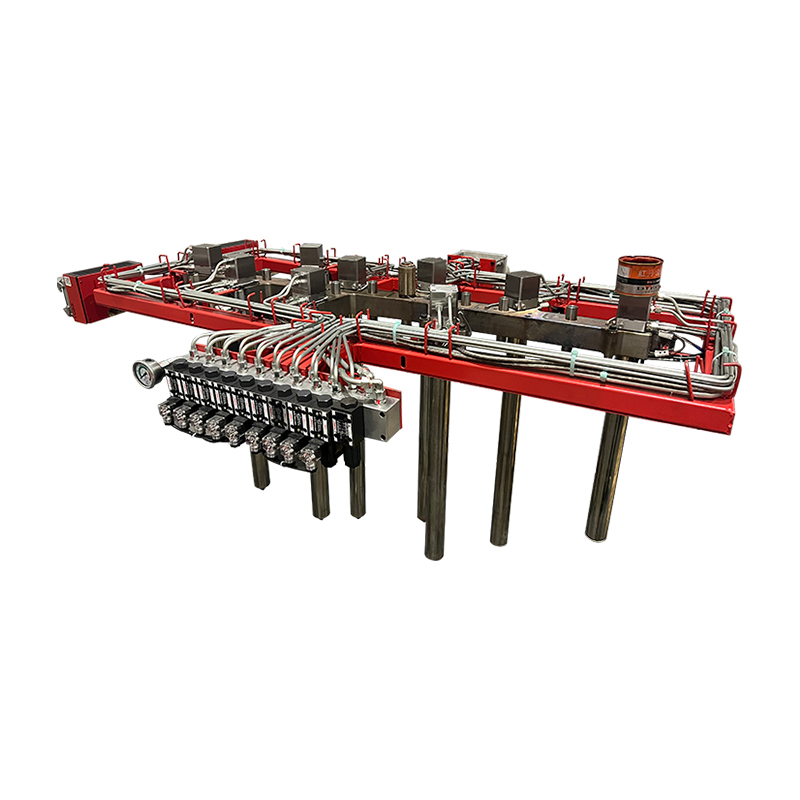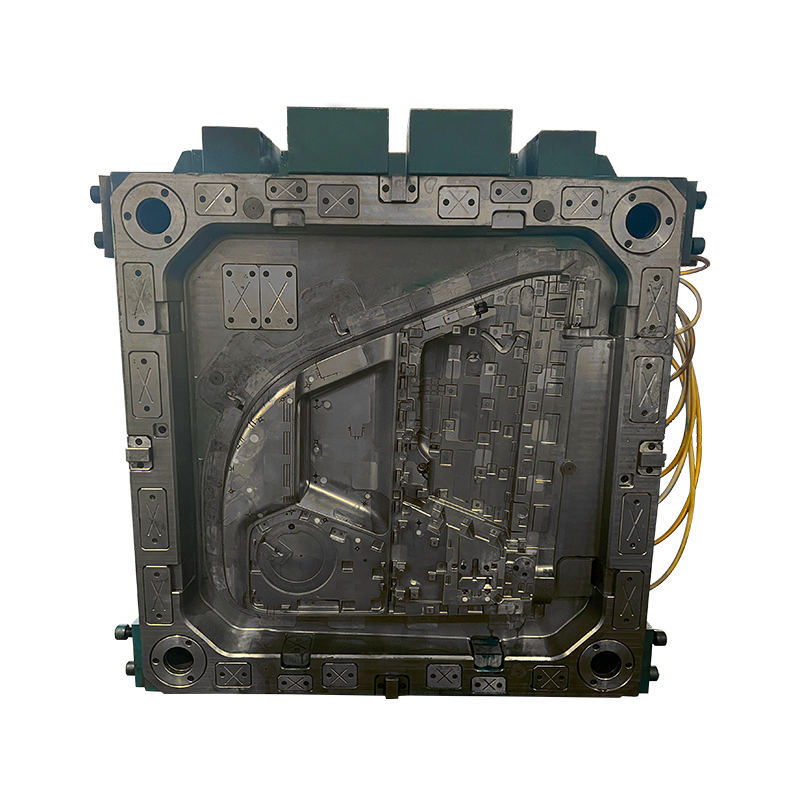The use of SMC bathroom product molds allows manufacturers to produce high-quality items such as bathtubs, washbasins, shower panels, and toilet seats with consistent performance and cost-effectiveness.
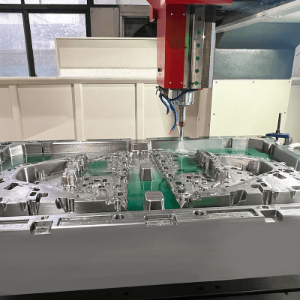
In bathroom applications, SMC is preferred for its smooth surface, resistance to water absorption, and compatibility with a range of coatings and finishes. It also supports complex shapes and large surface areas, making it ideal for molded sanitary ware.
SMC bathroom product molds are specialized forming tools designed to shape SMC material into finished bathroom components. These molds are commonly used in compression molding processes, where pre-cut SMC sheets are placed into the mold cavity and compressed at high temperature and pressure until the material cures.
Molds used for SMC bathroom products are typically made from high-strength steel to withstand repeated cycles under heat and pressure. The quality of the mold directly affects the product's surface finish, structural integrity, and dimensional accuracy.
SMC-based bathroom products offer several benefits compared to traditional materials such as ceramics or metals:
Moisture and Corrosion Resistance: Ideal for wet environments, SMC does not rust or degrade in humid conditions.
Strength-to-Weight Ratio: SMC products are lighter than ceramic but retain strong load-bearing capacity.
Surface Quality: The molded surface can be smooth and glossy, eliminating the need for additional finishing.
Design Flexibility: Molds can produce detailed contours and complex geometries in a single forming cycle.
Reduced Breakage Risk: SMC is less brittle than ceramic, reducing damage during transportation and use.
These characteristics make SMC a practical choice for both functional and decorative bathroom products.
The design of an SMC mold depends on the specific product but generally includes the following components:
Cavity and Core Plates: These define the external and internal surfaces of the product. They are precisely machined to ensure tight tolerances and proper surface finish.
Heating System: Integrated to maintain consistent mold temperature during the compression process, usually using oil or electric heaters.
Ejection System: Facilitates removal of the molded product after curing. This may include hydraulic or mechanical ejection pins.
Guiding and Clamping System: Ensures accurate alignment between mold halves and applies sufficient clamping force to prevent material leakage.
High-quality molds also incorporate cooling systems and wear-resistant coatings to extend service life.
The typical steps in manufacturing bathroom products using SMC molds include:
Preparation: The mold is cleaned and pre-heated to the desired temperature.
Material Loading: SMC sheets are cut and placed into the lower half of the mold.
Compression and Curing: The mold closes, applying pressure and heat to shape and cure the material.
Cooling and Demolding: Once cured, the mold opens and the finished product is removed.
Trimming and Inspection: Flash or excess material is trimmed, and the product is checked for quality.
This process is efficient and repeatable, making it suitable for medium to large-scale production.
Several factors should be considered to ensure mold performance and product quality:
Mold Material: Hardened steel is recommended for long-term durability and resistance to wear.
Surface Finish Requirements: Polished or textured surfaces may be needed depending on product design.
Thermal Management: Consistent heating and cooling control is essential for uniform curing.
Cycle Time: Molds should be designed to minimize cycle time without compromising quality.
Parting Line and Venting: Proper design of parting lines and air vents ensures clean edges and defect-free molding.
Working with experienced mold manufacturers helps ensure that these technical factors are properly addressed.



